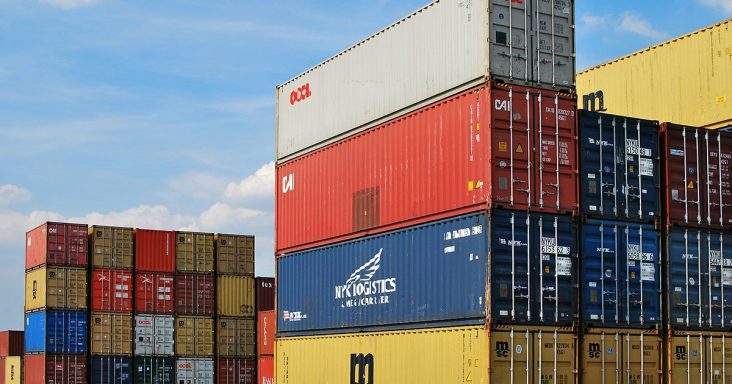U.S. retail imports remain down from year-ago through July
by September 11, 2023 8:20 pm 665 views

Retailers continued to take a cautious approach to ordering holiday inventory given the oversupply some are still working through from the 2022 holiday season. Import volume is slowly building from lows hit earlier this year.
The National Retail Federation reports import volume is expected to be around 2 million containers in August, September and October, according to the Global Port Tracker by Hackett Associates.
“The holiday season is now the top priority for everyone in the retail supply chain as merchants prepare for the rush of shoppers who will soon be buying gifts for friends and family. As the holidays approach, the recent ratification of the West Coast port labor agreement between the ILWU and PMA provides supply chain stability and certainty for retailers utilizing the West Coast ports,” said Jonathan Gold of the NRF.
He said the trade group views the forecast as optimistic because retailers don’t import merchandise unless they think they can sell it.
Drought conditions this summer resulted in lower water levels and a restricted number of ships passing through the Panama Canal. However, Ben Hackett, founder of Hackett Associates, said the slowdown is not likely to impact the retail supply chain moving into the peak shipping season.
U.S. ports covered by Global Port Tracker handled 1.91 million TEU – one 20-foot container or its equivalent – in July, the latest month for which final numbers are available. That was up 4.4% from June but down 12.4% year over year.
Global Port Tracker projected an August import volume of 2 million containers, down 11.4% year over year but the first month since October 2022 to reach the 2 million mark. The 2 million container expectation for September would be down 1.8% from a year ago. The October estimate of 2 million containers would be flat to the same month last year. By November, Global Port Tracker expects an import volume of 1.96 million containers, a gain of 10.4% from a year ago. The December forecast is also 12% higher than a year ago with 1.94 million containers.
If the forecasts hold true, the 2023 import volume would be 22.3 million containers, down 12.5% from last year.
The Beige Book report released this past week from the Federal Reserve indicated economic slowing is still a worry with a tighter labor market, employers like Walmart lowering wages, and rising loan delinquencies in the New York, Philadelphia, Dallas, Chicago, St. Louis and Kansas City Fed districts. Economists with Wells Fargo reported Friday, (Sept. 8) they continue to expect the U.S. economy to slip into a mild recession early next year.
